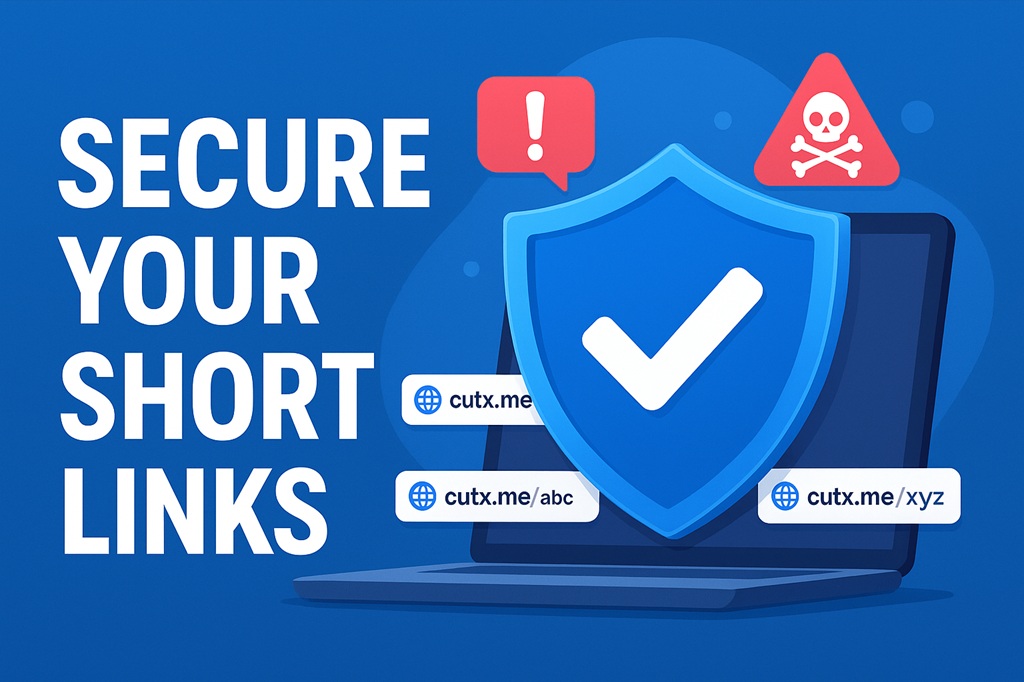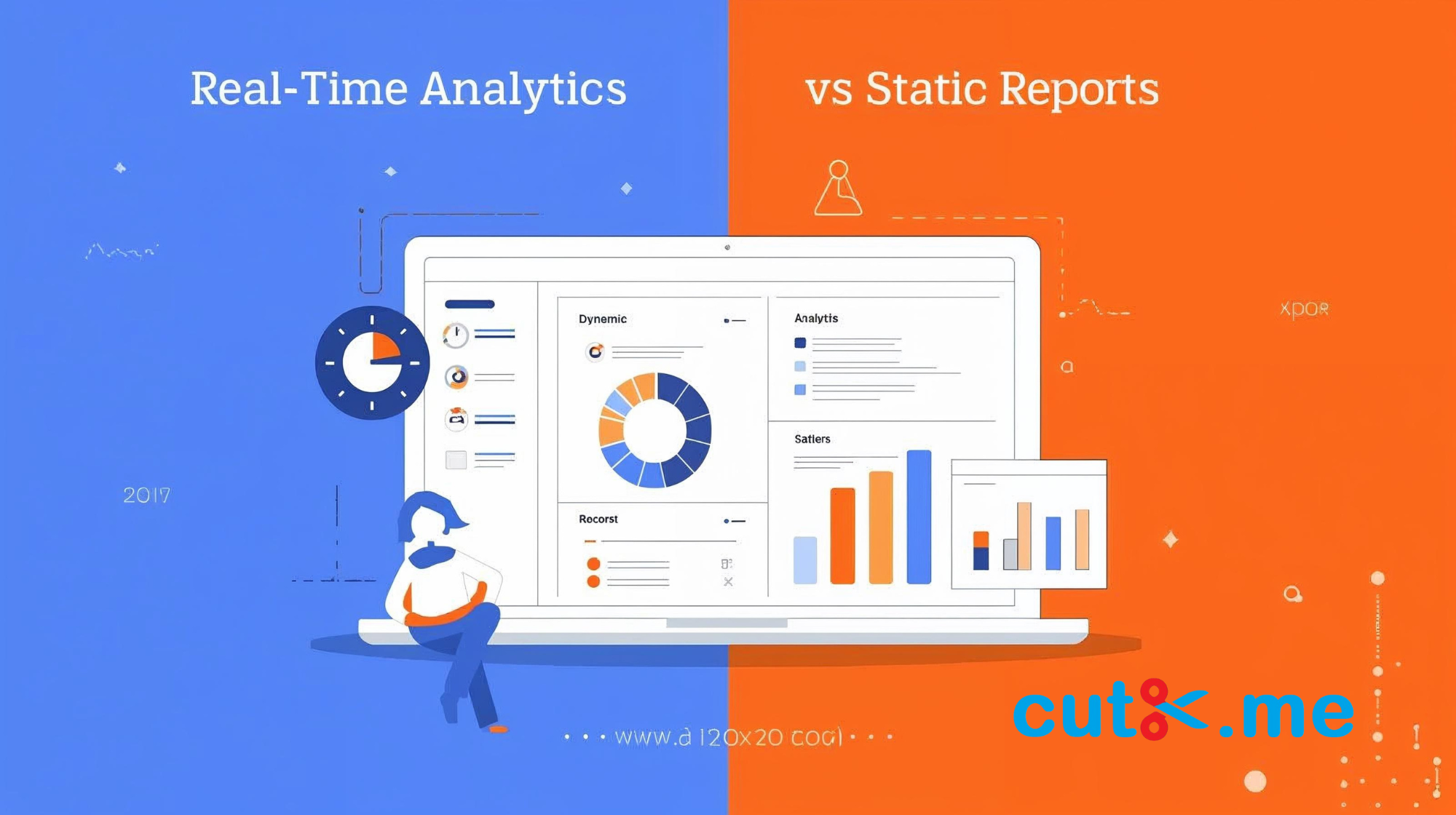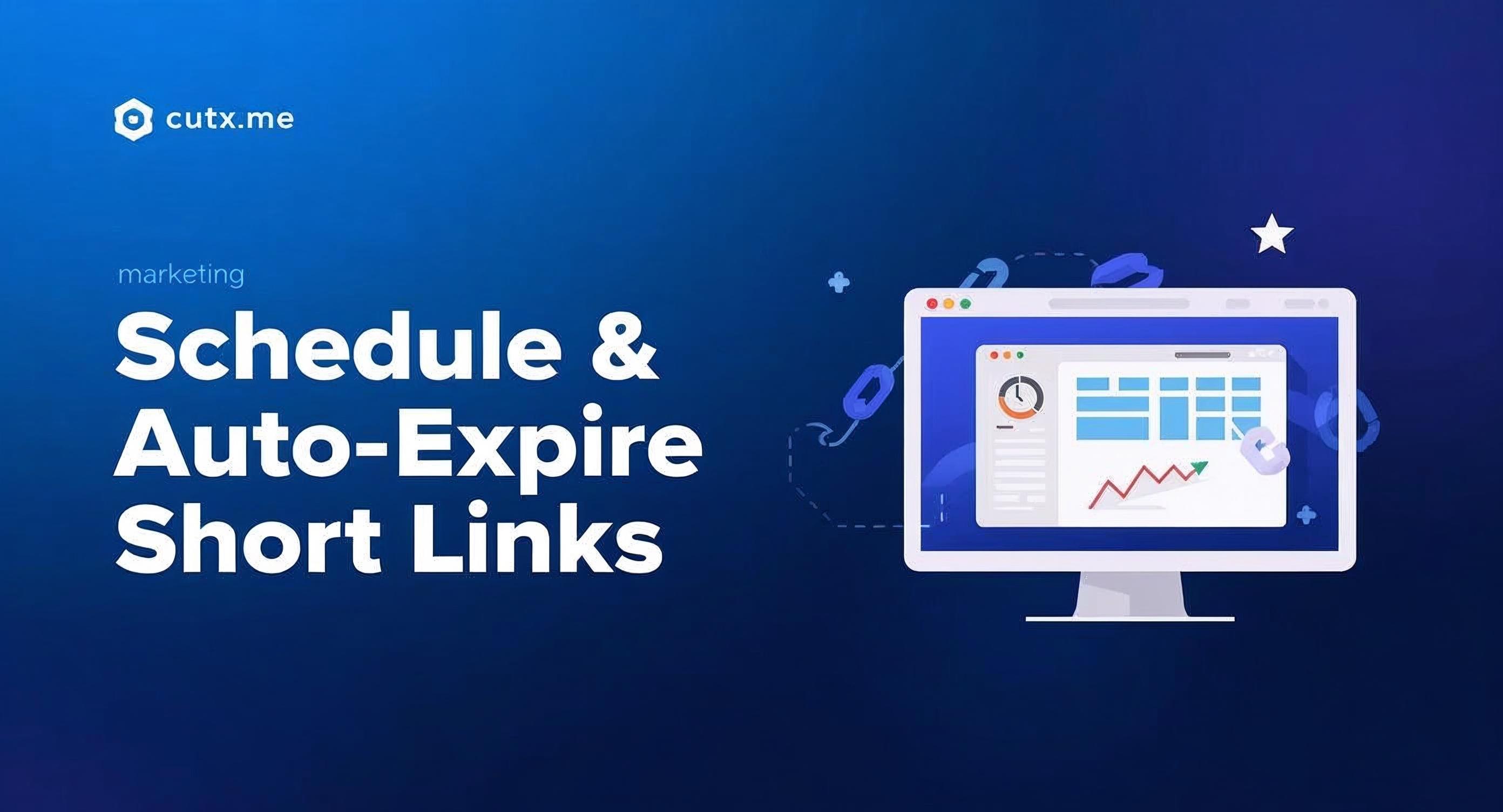
Short links make sharing URLs easy and visually appealing. However, they are prone to spam, phishing, and abuse if not properly protected. In this guide, we will explore proven strategies to secure short links, prevent misuse, and maintain your digital credibility.
Why Securing Short Links is Crucial
Short links are convenient, but attackers can exploit them. Spam, malware, and phishing attacks often hide behind unprotected short URLs. Users trust short links, and if abused, your brand reputation suffers.
Protecting your links ensures:
Safe user experience
Prevention of phishing attacks
Improved SEO credibility
Better analytics and tracking
By understanding the risks, you can take proactive steps to secure short links and avoid cyber threats.
Common Threats to Short Links
Short URLs face multiple cyber threats. Knowing these risks helps you adopt the right protection measures.
Spam: Attackers use your links to promote unwanted content.
Phishing: Fraudsters can redirect users to fake websites.
Malware: Malicious files can be distributed via compromised links.
Click Fraud: Inflated clicks can affect analytics and ad revenue.
Being aware of these threats is the first step to safeguarding your digital space.
Choose a Reliable URL Shortening Service
A trusted URL shortening platform like CutX.me helps you secure short links by offering built-in protections. Features to look for include:
Link expiration settings
Password protection
Spam and malware detection
Detailed analytics
Using a secure platform reduces the risk of abuse and ensures your links remain trustworthy.

Enable Password Protection on Links
Password protection is one of the easiest ways to secure short links. It ensures only authorized users can access the URL.
Steps to set up password protection:
Choose a strong, unique password.
Share it only with trusted users.
Avoid using easily guessable combinations like “1234” or “password”.
This adds an extra layer of security for sensitive content.
Set Expiration Dates for Links
Limiting the lifespan of a short URL reduces exposure to abuse. By setting an expiration date, your links automatically deactivate after a certain period.
Benefits include:
Lower risk of long-term spam
Improved security for temporary campaigns
Enhanced analytics by focusing on relevant clicks
Short links with expiration dates are harder for attackers to exploit.
Monitor Link Analytics Regularly
Analytics tools help track link performance and detect unusual activity. Look for:
Sudden spikes in clicks
Geographic inconsistencies
Abnormal referral sources
If you notice suspicious behavior, you can disable the short link immediately, preventing potential abuse.
Use Custom Short Links
Custom short links are easier to remember and build trust with your audience. Attackers are less likely to target branded URLs.
Tips for custom links:
Include your brand name in the URL
Avoid generic strings like “abc123”
Keep it short and descriptive
Custom links not only secure short links but also improve click-through rates.
Avoid Public Sharing of Sensitive Links
Public sharing exposes short links to potential abuse. Avoid posting sensitive URLs in open forums or social media without protection.
Instead:
Share links via email or private messaging
Use password protection or link expiration
Track access through analytics
This reduces the chance of phishing or malware attacks.
Implement Link Redirect Validation
Redirect validation ensures the link leads only to legitimate destinations. This prevents malicious actors from hijacking your short links.
Methods include:
Whitelisting trusted domains
Blocking unsafe URLs
Using HTTPS for all redirects
Redirect validation is a simple but powerful way to secure short links.
Educate Your Audience About Safe Links
Users can help maintain link security. Educate them to:
Check for HTTPS before clicking
Avoid clicking suspicious links
Report any unusual activity
A well-informed audience reduces the chance of abuse and improves overall cybersecurity.
Integrate Spam and Malware Detection
Some platforms like CutX.me provide automated detection of spam and malware in short links. This helps secure short links in real-time.
Advantages include:
Early detection of threats
Automatic blocking of unsafe links
Peace of mind for link creators and users
Integrating detection tools strengthens your cyber safety strategy.
Regularly Audit and Clean Your Links
Old or unused short links can be exploited. Conduct regular audits to:
Identify inactive links
Remove compromised URLs
Update analytics
Routine cleaning ensures your links remain safe and relevant.
Use HTTPS for All Short Links
HTTPS encrypts the connection, protecting users from interception. Always use secure short links with HTTPS to prevent man-in-the-middle attacks.
Benefits:
Increased user trust
Better search engine ranking
Protection against data theft
HTTPS is a standard practice for all professional URL shorteners.
Limit Clicks From Suspicious Sources
Monitor traffic sources and block suspicious IPs or regions. Tools from URL shorteners can automatically detect abnormal activity.
This prevents:
Click fraud
Bot traffic
Spam generation
Limiting suspicious clicks is essential for secure short links.
Avoid Overloading Links With Ads
Excessive ads or pop-ups can frustrate users and invite abuse. Keep your short links clean and direct.
Tips:
Use minimal ad networks
Avoid redirect loops
Maintain a professional appearance
A smooth user experience encourages trust and protects your links.
Backup Important URLs
Always keep a record of your important short links. Backup ensures that even if a link is compromised, you can restore or replace it.
Steps:
Maintain an offline spreadsheet
Track creation and expiration dates
Store associated passwords securely
Backups add an extra layer of link security and operational continuity.
Enable Two-Factor Authentication
Two-factor authentication (2FA) adds security to your URL shortening account. Even if passwords are stolen, unauthorized access is blocked.
Best practices:
Use authentication apps instead of SMS
Combine with strong passwords
Regularly update login credentials
2FA significantly improves your ability to secure short links.
Keep Software and Apps Updated
Security updates patch vulnerabilities in URL shortening platforms. Always use the latest versions.
Benefits:
Protection against new threats
Enhanced performance and features
Reduced risk of cyber attacks
Outdated software increases the likelihood of abuse.
Track Link Engagement Responsibly
Monitoring engagement helps optimize campaigns but avoid exposing sensitive user data.
Do:
Track clicks and locations
Monitor referral sources
Don’t:
Store personal user information
Share data without consent
Responsible tracking maintains trust while securing your links.
Use Anti-Bot Measures
Bots can exploit short links for spam or click fraud. Use anti-bot tools to detect and block automated traffic.
Methods:
CAPTCHA verification
Bot detection software
Rate limiting
Anti-bot measures ensure your secure short links remain effective and safe.
Encourage Reporting of Malicious Links
Allow users to report suspicious activity. Feedback can alert you to abuse faster than automated tools.
Steps:
Include a reporting button on your site
Respond promptly to complaints
Investigate all reports
User engagement is a powerful addition to link security.
Conclusion
Securing your short links is essential in today’s cyber landscape. By implementing password protection, monitoring analytics, enabling HTTPS, and using trusted platforms like CutX.me, you can prevent abuse, maintain trust, and optimize your online presence. Regular audits, anti-bot measures, and user education make your links safe and reliable. Protect your digital reputation by following these steps today.
FAQs
Q1: Can I make a short link temporary?
Yes. Most URL shorteners allow setting expiration dates to secure short links from long-term abuse.
Q2: Are free URL shorteners safe?
Not always. Free services may lack protection features. Paid platforms like CutX.me provide better security.
Q3: How do I prevent click fraud?
Monitor analytics, block suspicious IPs, and enable anti-bot measures to protect your links.
Q4: Can short links be password-protected?
Yes. Password protection ensures only authorized users can access the link.
Q5: How often should I audit my links?
Monthly audits are recommended to remove inactive links and detect suspicious activity.




